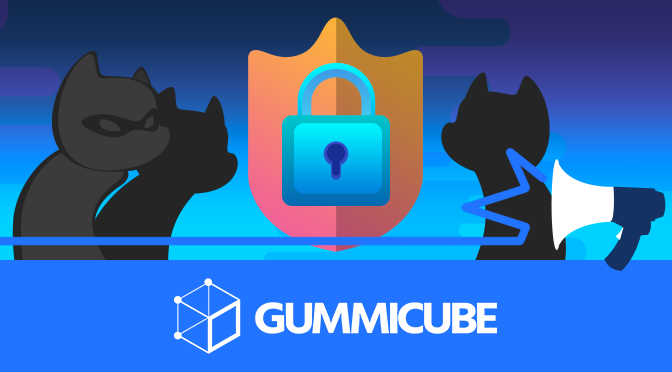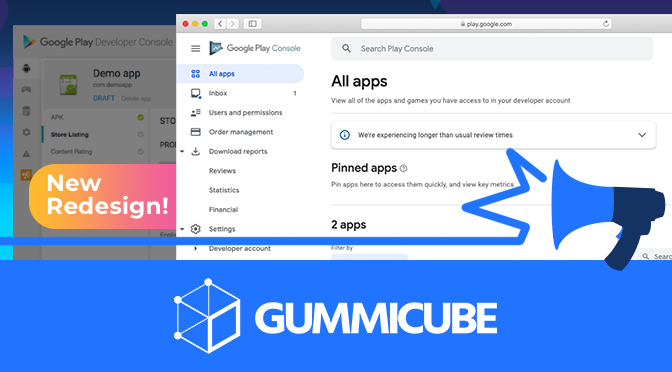
App Store Holiday Schedule 2020
Posted on November 23rd, 2020
When is the App Store Holiday Schedule 2020? Learn about the dates of this year's shutdown and how to prepare.

With both Apple and Google taking a full 30% cut of any in-app purchases, subscription-based services have been slow to adopt or lead with a mobile app offering. Through 2014, the top grossing apps were overwhelmingly freemium apps - many of them games. Apple and Google are still taking their 30% cut, but as of this writing 5 of the top 15 grossing apps on the Apple App Store are apps that monetize primarily or only through subscriptions.

Has the subscription-based model - so popular with web apps - finally moved to mobile?
Even as far back as mid-2014, studies were showing a willingness by users to pay a monthly recurring fee for mobile apps.

The challenges for publishers have not been demand, but rather margin and control. Publishers that acquire a user for their web app do not have to pay fees to Apple, Google or anyone else.
When purchases are made via the app stores, not only are margins impacted but visibility and control of the marketing and sales funnel. Once a potential user is in the app store - publishers lose access to reliable data on what a users does from there. App store units over app store views is a flawed metric the way Apple reports it, to say nothing of how a potential user is engaging with the app listing. For games - the tradeoff was simple - give up control and some profit for global distribution and the administration of collecting payments and exchanging currencies worldwide. For many “web-first” apps - the time spent in mobile devices and mobile apps have just gotten too big to ignore. Said another way - the benefits now outweigh the costs for many subscription-based services/apps, and the model is now popping up across the mobile app landscape.
There are a few developments that make app subscriptions as a monetization model more attractive beyond traditional print content. Because of the above challenges, the subscription model was mostly utilized by magazine and newspaper publishers in the defunct Newsstand store. Books, magazines and newspapers are now part of the app store - bringing some of the features of the subscription model with them.
App publishers utilizing app subscriptions as a monetization model can now offer free trials, the lack of which has often been cited for the prominence of freemium apps vs paid apps in the app stores. Subscriptions that went into effect 7 days after users downloaded the app skyrocketed Kylie Jenner's app to #1 overall grossing the 8th day after release. That's the impact of free trials and recurring subscriptions.
Many of the apps having the most success with subscriptions in the app stores are audio and video. Pandora, HBO, Netflix etc.. With the release of Apple tvOS, Apple has reportedly reduced the revenue split from 70/30 to 85/15 for publishers like HBO and Major League Baseball (MLB). Google just announced Youtube Red, another video subscription service that would compete with HBO, Netflix, Hulu and every other nemesis to the Time Warner and Cox Cable’s of the world. It's worth noting that more than 50% of Youtube views are from mobile devices, and up 100% over 2014.
In September of 2015, Amazon announced a new way to play 1,000’s of Android titles with all the in-app items unlocked - for free. Putting the economics for Amazon aside for a moment, essentially what Amazon has done is create a recurring revenue model for app publishers.  App publishers can opt in to Underground, and are then paid by time spent in an app - changing the economics from freemium to more of a subscription model. We’ll explore the topic of app subscriptions as a viable monetization model more as the year progresses.
App publishers can opt in to Underground, and are then paid by time spent in an app - changing the economics from freemium to more of a subscription model. We’ll explore the topic of app subscriptions as a viable monetization model more as the year progresses.

When is the App Store Holiday Schedule 2020? Learn about the dates of this year's shutdown and how to prepare.

Apple's App Store Guidelines have strict privacy requirements. Developers now must provide information to users on the App Store listing regarding the data they access.

The Google Play Developer Console has been updated with a new design and adjusted tools. What's different, and how will it impact App Store Optimization?